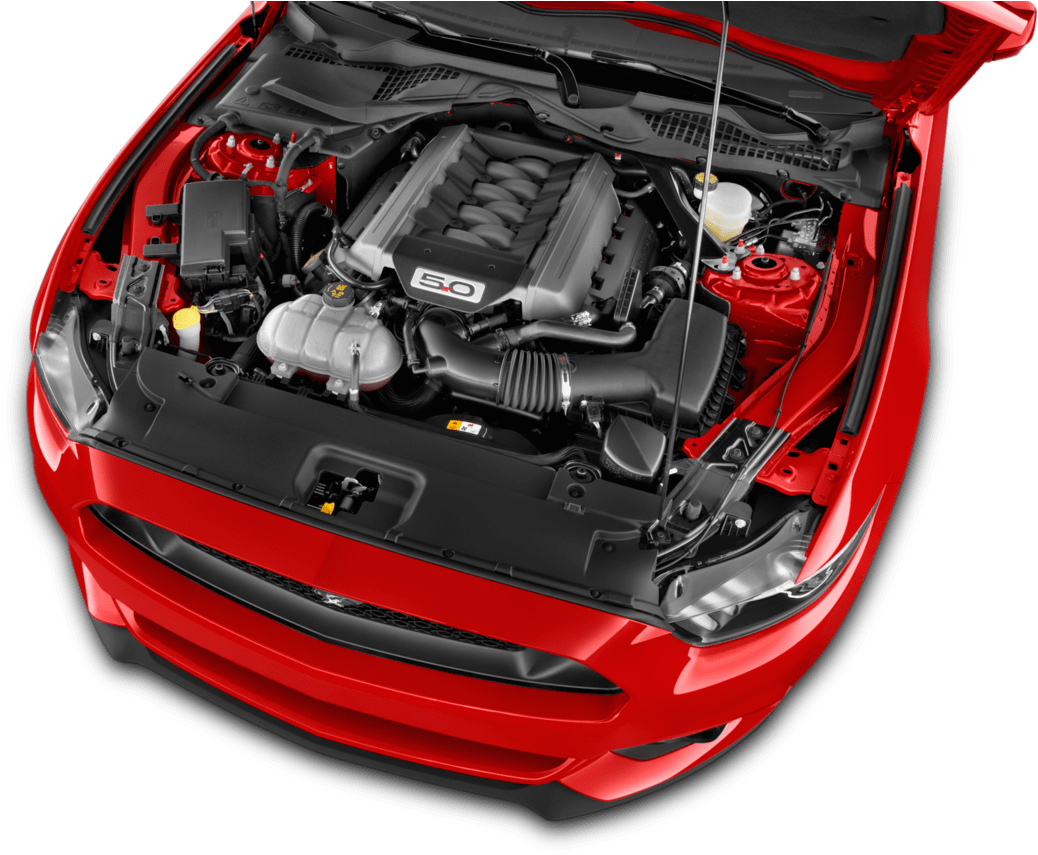Where to Locate the Best Opel Corsa Engine for Replacement
Discovering the Inner Functions of a Compact Vehicle's Engine System
As vehicle drivers, we typically take for given the intricate procedures that occur within the boundaries of our vehicle's engine system. The small yet intricate machinery that propels us onward is a wonder of design precision and coordination. From the regulated surges in the burning chamber to the precise timing of gas injection, every element plays an essential duty in the smooth operation of the engine. In this expedition of a compact vehicle's engine system, we will certainly unravel the inner functions of this mechanical harmony, shedding light on the mysteries that drive us forward on our day-to-day journeys.
Burning Refine Summary
The combustion process in a compact car's engine system is a critical device that efficiently converts gas right into power to power the car. This process happens within the burning chamber of the engine, where fuel and air mix, spark, and generate controlled explosions. The combustion procedure is composed of four main stages: intake, power, compression, and exhaust.
During the consumption stage, the piston relocates downward, drawing in a blend of air and fuel right into the burning chamber. The next stage, compression, entails the piston moving upwards, compressing the air-fuel mix to raise its potency. Consequently, in the power stage, the spark plug sparks the pressed mix, causing a quick expansion of gases that requires the piston back down. This downward motion generates the power needed to drive the lorry. In the exhaust stage, the scorched gases are expelled from the combustion chamber through the exhaust shutoff, preparing the chamber for the following cycle. This cyclic combustion process is essential to the procedure of a compact car's engine system, making sure reliable energy conversion for propulsion.
Piston and Cyndrical Tube Interaction

The piston's precise fit within the cylinder is important for preserving ideal compression and stopping energy loss during combustion. Tight clearances in between the piston and cyndrical tube wall surfaces make sure effective sealing, enabling the piston to move smoothly without enabling gases to leak past. Proper lubrication is also vital to reduce friction and wear in between these parts, enhancing long life and efficiency.
In addition, the layout and products used in manufacturing the piston and cylinder impact engine efficiency and sturdiness. Modern engines typically utilize lightweight yet durable products like light weight aluminum alloys for pistons and cyndrical tube liners to reduce inertia and enhance thermal performance. Generally, the harmonious interaction between the piston and cylinder is basic to the engine's capability and general performance.
Gas Injection System Capability
Gas injection systems in compact lorry engines play a vital role in exactly supplying gas to the combustion chamber for effective and controlled ignition. The gas shot system operates by infusing fuel into the burning chamber at the optimal minute throughout the engine's operation (opel corsa engine). Click This Link This precise timing makes certain that the fuel mixes uniformly with the air for correct combustion, causing improved gas efficiency and minimized emissions
There are mostly two types of gas injection systems utilized in portable car engines: port fuel shot (PFI) and direct fuel shot (DFI) PFI systems infuse fuel right into the consumption port before the consumption shutoff, while DFI systems inject fuel directly into the burning chamber. Both systems have their benefits, with DFI supplying better fuel atomization and PFI supplying an extra affordable option.
Understanding Engine Air Conditioning Mechanisms
Reliable procedure of a small automobile's engine depends heavily on the effectiveness of its cooling mechanisms. The air conditioning system in a portable automobile typically is composed of a number of elements functioning together to control the engine temperature. Understanding these engine air conditioning devices is important for maintaining the efficiency and durability of a compact lorry's engine system.

Exhaust System Parts Explained
The optimal click this performance of a portable automobile's engine cooling mechanisms depends on a corresponding system understood as the exhaust system, which comprises different vital components for making certain effective exhausts and engine performance. The exhaust manifold accumulates exhaust gases from the engine's cylinders and paths them to the catalytic converter.
One important part of the exhaust system is the oxygen sensor, click to investigate which keeps an eye on the oxygen degrees in the exhaust gases to help control gas intake and guarantee ideal engine efficiency. opel corsa engine. Additionally, the resonator may be existing in some exhaust systems to lower noise levels. In general, the exhaust system plays an essential role in preserving engine effectiveness, lowering hazardous discharges, and ensuring a quieter driving experience for small automobile proprietors

Verdict
To conclude, the compact car's engine system is an intricate combination of parts that work with each other to help with the burning process, transform gas into energy, and get rid of waste gases. Recognizing the inner operations of the engine system, including the piston and cyndrical tube interaction, fuel shot system, engine cooling systems, and exhaust system parts, is critical for maintaining optimal performance and efficiency of the automobile.
The burning process in a compact vehicle's engine system is a vital system that effectively transforms fuel into energy to power the automobile.Fuel injection systems in compact car engines play an essential role in precisely delivering fuel to the combustion chamber for effective and regulated ignition.There are mainly two types of fuel injection systems utilized in portable lorry engines: port fuel injection (PFI) and direct gas injection (DFI) Recognizing these engine cooling mechanisms is vital for keeping the performance and long life of a small lorry's engine system.
The optimal functioning of a small car's engine cooling mechanisms depends on a complementary system understood as the exhaust system, which comprises various important elements for making sure effective emissions and engine performance.